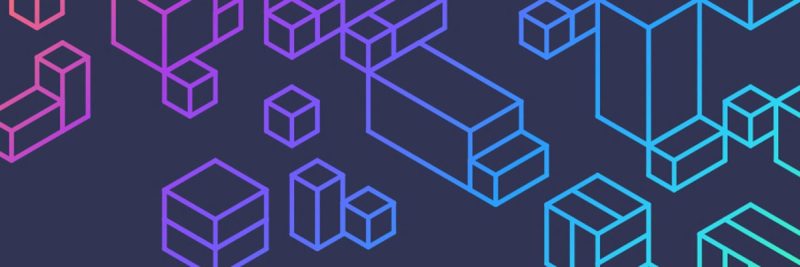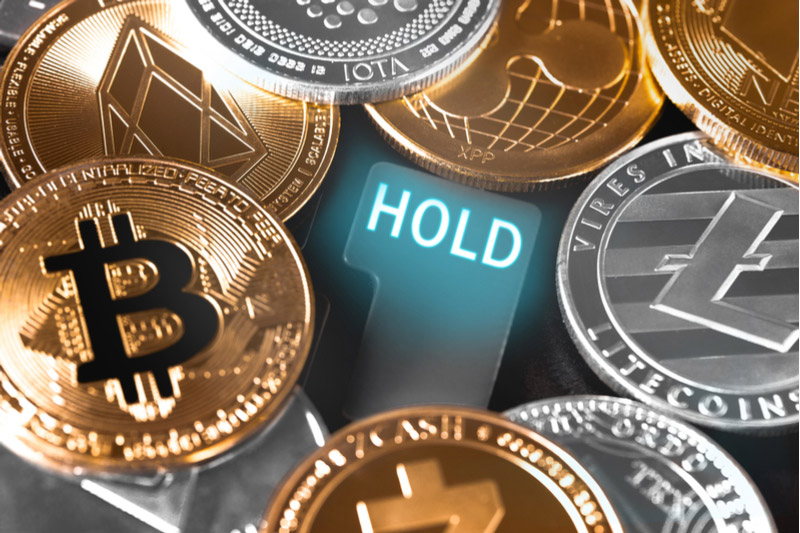[ad_1]
There’s a notion amongst many who blockchain and distributed ledger expertise are the identical factor. This isn’t fairly the case.
This text explains the distinction between blockchain and distributed ledger expertise (DLT) and the way every is used. First, we’ll cowl the necessities of blockchain and the way DLT makes use of blockchain somewhat than being an alternative choice to it. Then, we’ll describe how DLT makes use of different kinds of peer-to-peer applied sciences to retailer information.
Understanding the blockchain basis
Blockchain is a consensus pushed, peer-to-peer (P2P) expertise during which information is saved immutably, in an similar method amongst a lot of computer systems. Each pc on the blockchain community, referred to as a node, hosts similar copies of the blockchain.
Person-submitted transactions are reworked into blocks and added to the blockchain that runs on a given node. As soon as a block is added to a node’s blockchain, the block propagates to all the opposite nodes on the blockchain community. So as to add a block to a blockchain, the nodes on the chain should come to a consensus that the block is OK so as to add (see Determine 1 under).
That consensus may be achieved in varied methods. The given blockchain helps a specific consensus algorithm; two widespread examples of consensus algorithms are proof of work and proof of stake.
As soon as a chunk of information is saved on the blockchain, it could possibly by no means be modified. Furthermore, no single pc is the only real supply of fact for the info on the blockchain. If one pc on a blockchain community goes down, different computer systems that retailer the identical information present service. A blockchain community may be public or personal, though the standard scope for a blockchain is public.
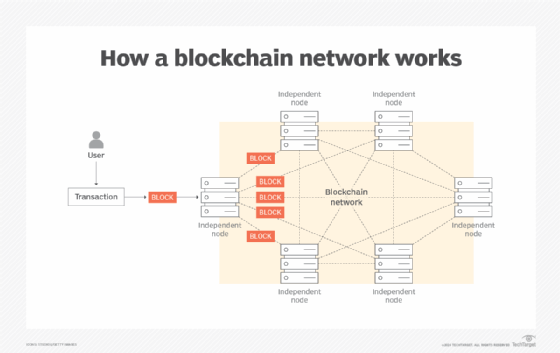
To conceptualize a blockchain, think about a spreadsheet that’s distributed identically in a P2P method. On this analogy, every row within the distributed spreadsheet is equal to a block on the blockchain. As soon as a row is added to the spreadsheet it could possibly by no means be eliminated nor its information modified. The identical is true of a block added to a blockchain.
Along with storing information, some blockchains have the aptitude to retailer and execute good contracts. Within the subsequent part we’ll talk about how good contracts add quite a lot of energy and adaptability to blockchain expertise.
Utilizing blockchain with a DLT
Distributed ledger technology takes a decentralized approach to data storage, with no controlling central database server or techniques administrator.
As talked about above, a distributed ledger can use the blockchain as an information storage mechanism. Some blockchains support hosting smart contracts, that are programmed logic saved in keeping with a specific tackle on the blockchain and executed on the blockchain. Consider a wise contract as a saved process that runs on a centralized database. Ethereum and Solana are examples of blockchains that help good contracts.
Most blockchains publish a part referred to as a blockchain digital machine to assist builders work together with the given blockchain, notably for interactions that contain good contracts hosted on the given chain. Take into account a blockchain’s digital machine as equal to the Java Digital Machine (JVM), which is an middleman layer between an software and a pc’s underlying working system. In the identical manner, a blockchain digital machine is the middleman between an software and the underlying blockchain (see Determine 2).
Some blockchains help a standard digital machine, such because the Ethereum Digital Machine (EVM). The EVM is supported by the Ethereum and Hedera blockchain networks in addition to the Polygon network and Binance Smart Chain, to call just a few. Assist for a standard EVM not solely makes it simpler for a developer to jot down distributed purposes for a given blockchain, it helps builders write distributed apps that work together with quite a few blockchains.
For all the worth {that a} blockchain offers to a DLT, there’s a main downside of latency. Validating and including a block to the given blockchain requires a lot time-consuming consensus and distribution actions. Some DLTs that use a blockchain try to handle latency by way of what is known as Layer 2 expertise (L2) that will increase the velocity and value of transaction processing. L2 operates off-chain together with the blockchain to imagine some labor-intensive duties, so the blockchain solely does work that’s important and unique to the chain (see Determine 2).
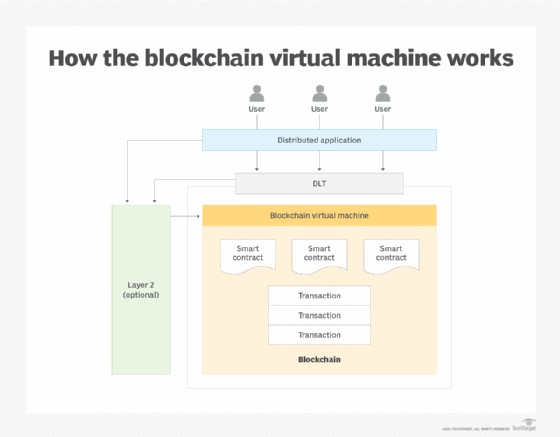
As talked about earlier, blockchain has develop into the favored storage expertise for distributed ledger expertise. Nevertheless, it is not the one manner for a DLT to retailer information. Let us take a look at some options.
Various storage applied sciences for DLT
By definition, distributed ledger expertise has no central authority and no central level of failure. All parts inside a distributed ledger work on a P2P foundation. Thus, any information storage expertise utilized by a DLT should additionally help a P2P structure (see Determine 3).
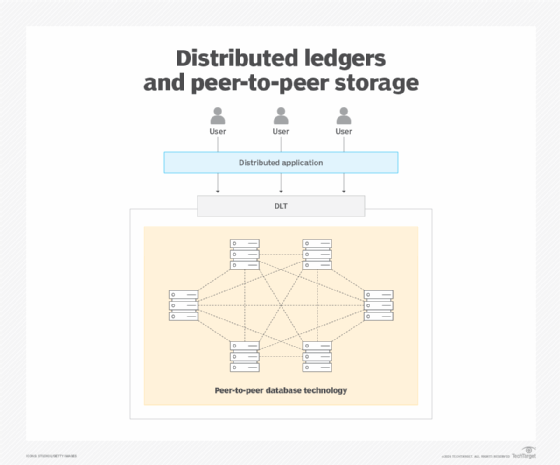
Blockchain occurs to be the favored blockchain storage expertise, however there are lots of options. The next examples, listed in alphabetical order and based mostly on my basic analysis, describe just a few of the numerous P2P databases that can be utilized with a DLT.
BitTorrent
Created in 2001, BitTorrent is the granddaddy of peer-to-peer databases. It began out as a manner for customers to share video and audio recordsdata, however immediately BitTorrent is utilized by each private and non-private organizations. For instance, the U.Ok.’s Combined Online Information System shares details about the federal government’s spending, and since 2010 Facebook uses BitTorrent to push updates to its server. Whereas BitTorrent will not be solely database expertise, it may be the underlying storage mechanism for a DLT.
Gun
Gun’s fascinating function is that the node internet hosting an occasion of Gun determines the info to share with the opposite nodes on the community. Gun makes use of the Daisy-chain Advert-hoc Mesh-network (DAM) as its P2P networking algorithm. Gun is meant to run in a browser, on a Node.js server or on a cell machine utilizing React Native.
OrbitDB
OrbitDB makes use of the InterPlanetary File System (IPFS) as its storage part and Libp2p Pubsub to synchronize information amongst friends working on the community.
Tableland
Tableland, an open supply, permissionless cloud-based database, is constructed on SQLite and publishes an SQL-like querying language to execute transactions and question the underlying information. A DLT can use Tableland as a standalone database or together with good contracts saved on an EVM appropriate blockchain. Customers will need to have a cryptographic wallet equivalent to MetaMask to entry it by way of a browser.
Placing all of it collectively
Blockchain and distributed ledgers have come a great distance since their preliminary makes use of because the underlying storage expertise for Bitcoin and distributed purposes for on-line gaming, respectively.
At present, all the foremost cloud suppliers offer blockchain products: AWS’ Managed Blockchain and Quantum Ledger Database, Google’s Blockchain Node Engine and Microsoft Azure’s Confidential Ledger, to call just a few.
These applied sciences are right here to remain. Transferring ahead, the trick is to make use of them appropriately and safely. In any case, this implies one should perceive the distinction between blockchain and distributed ledger applied sciences and when to make use of them greatest.
Bob Reselman is a software program developer, system architect and author. His experience ranges from software program growth applied sciences to strategies and tradition.
[ad_2]
Source link


